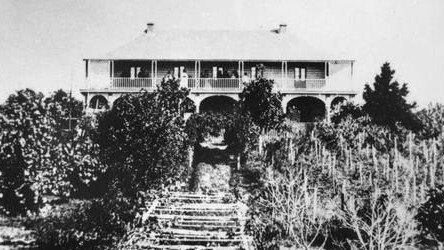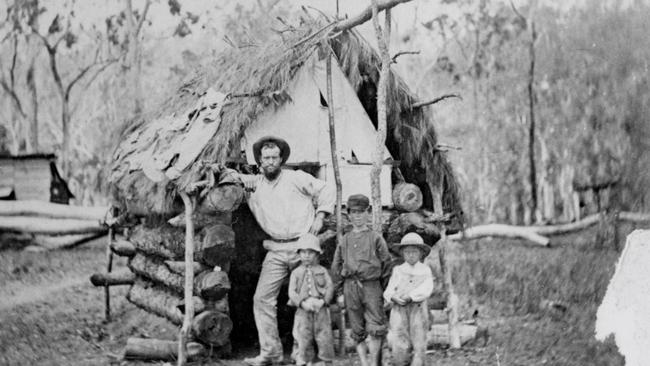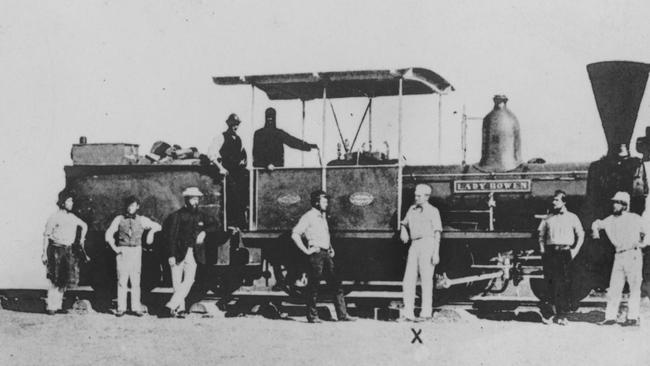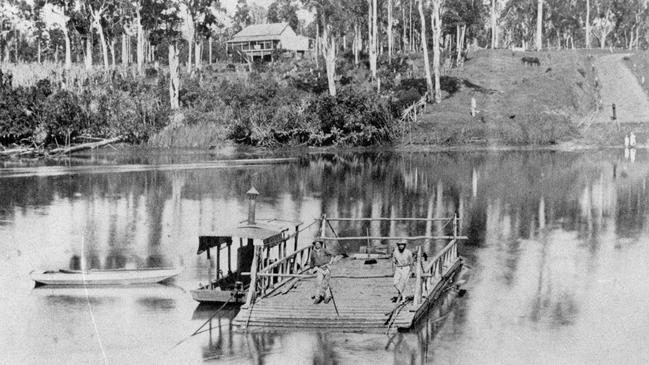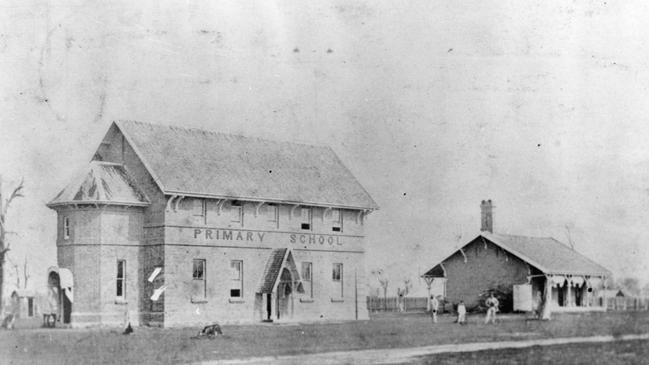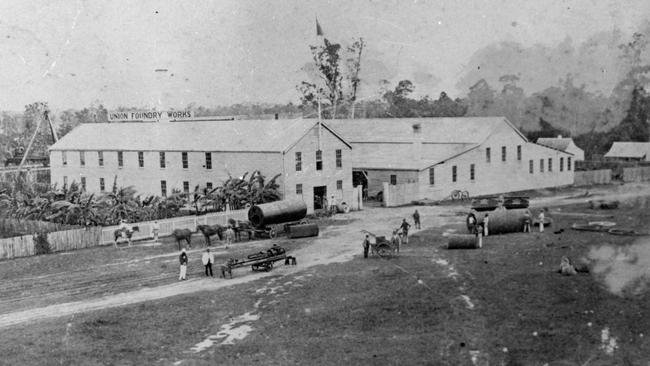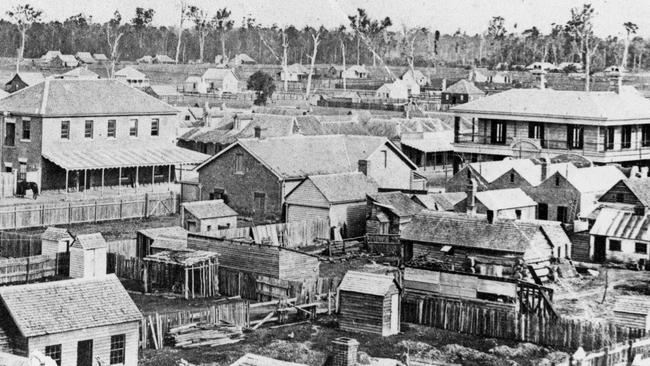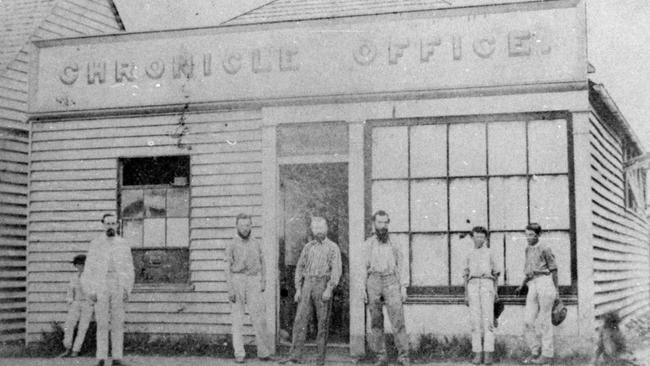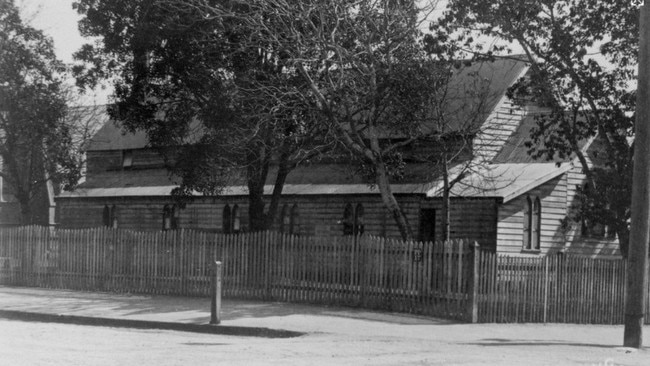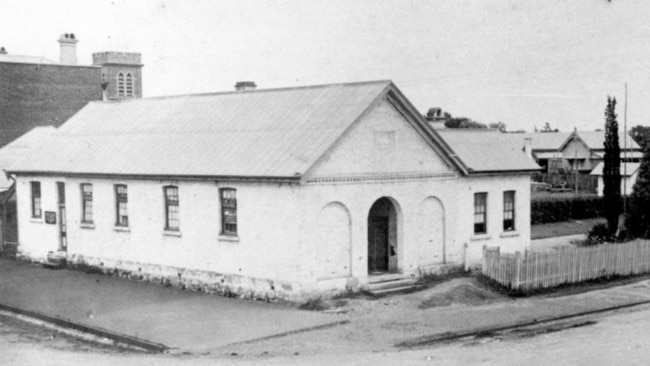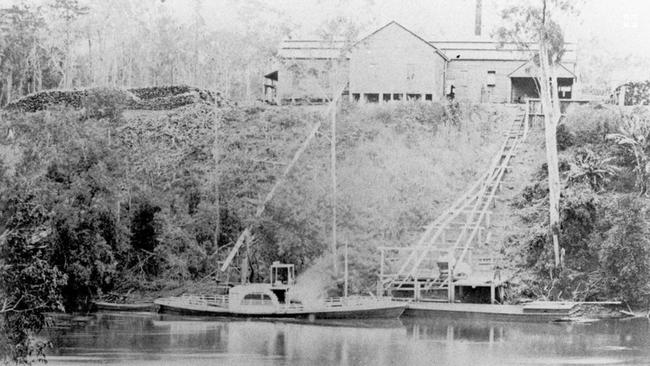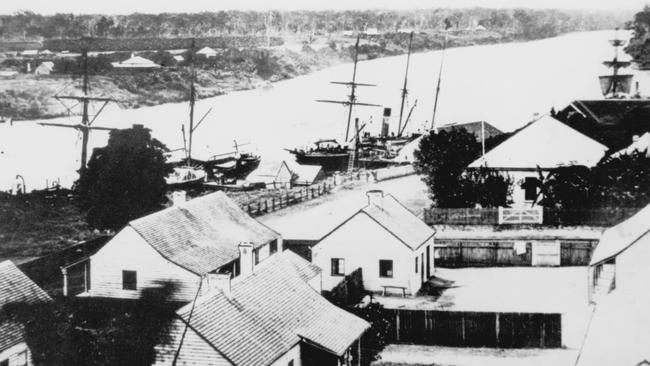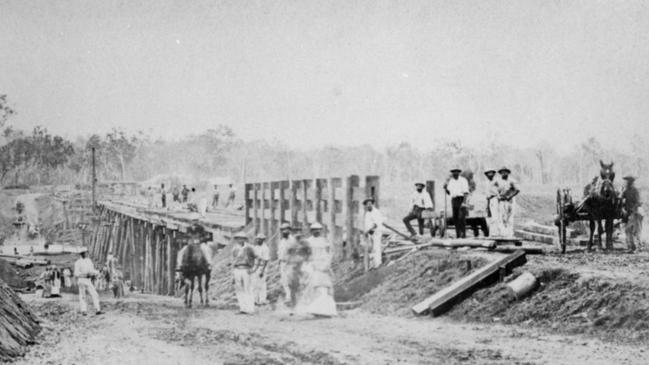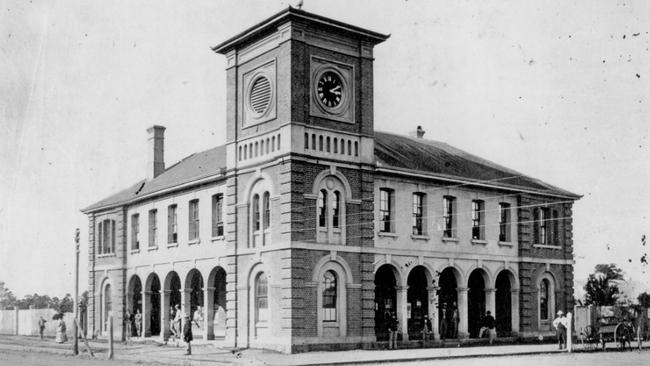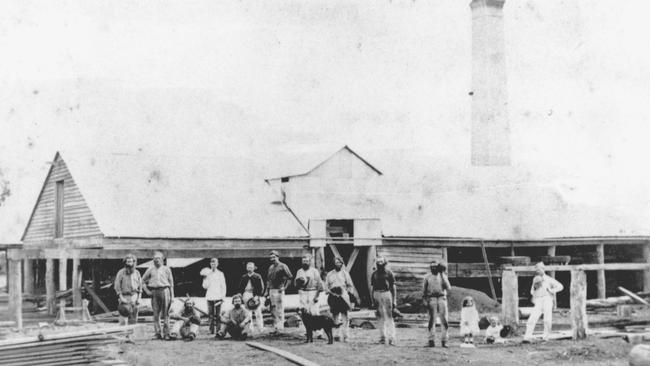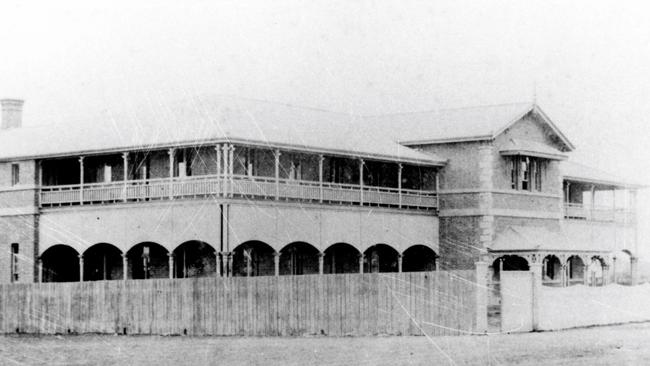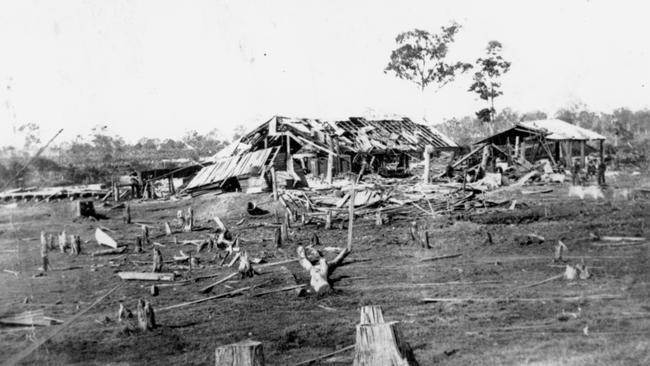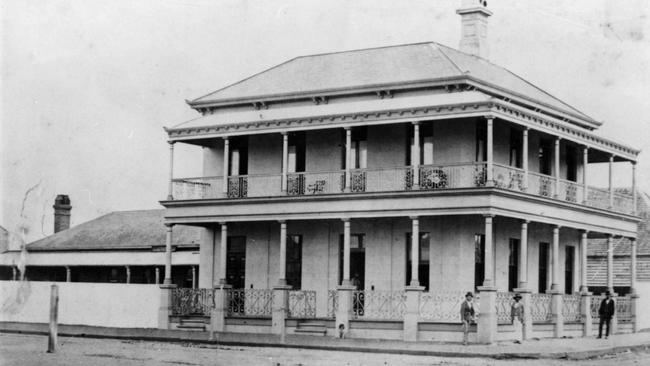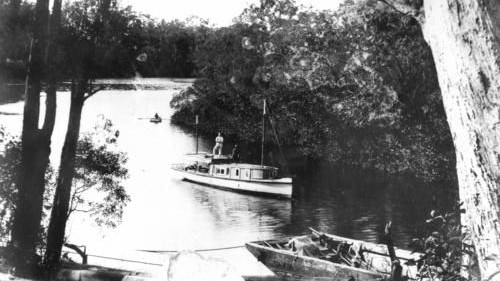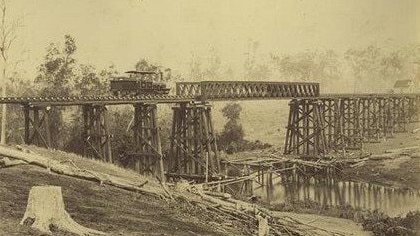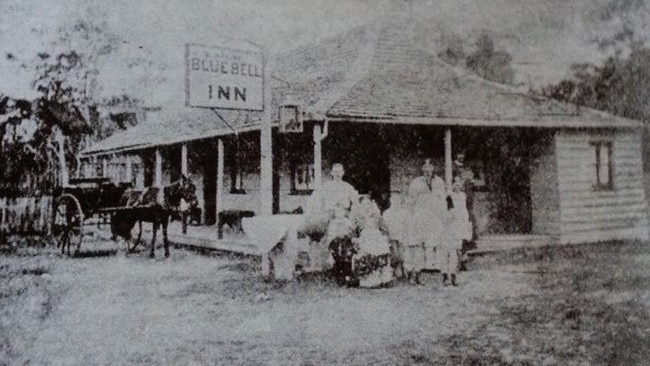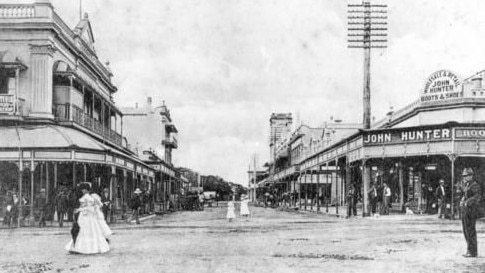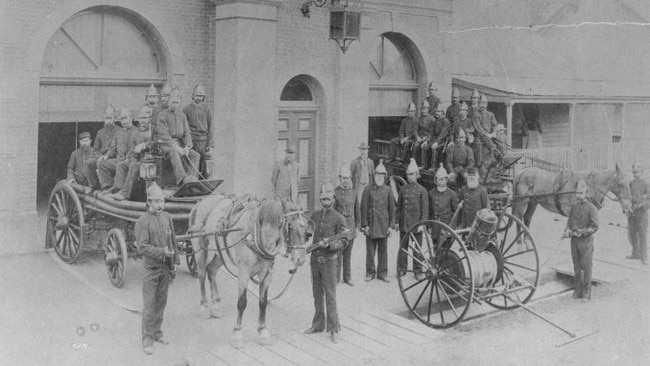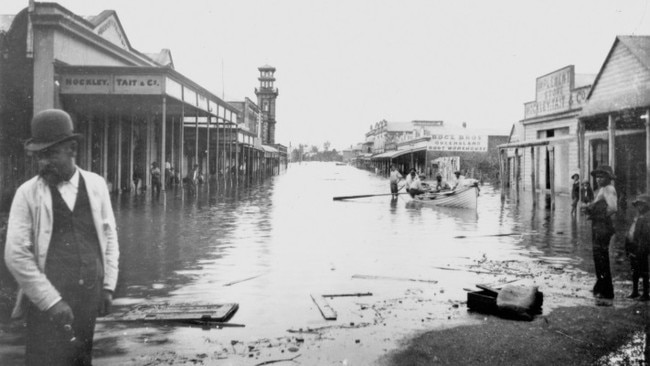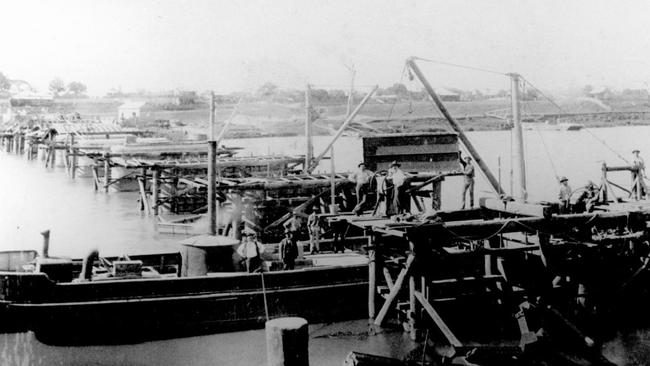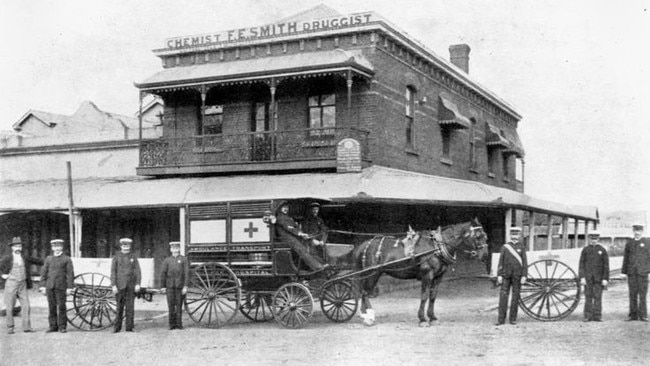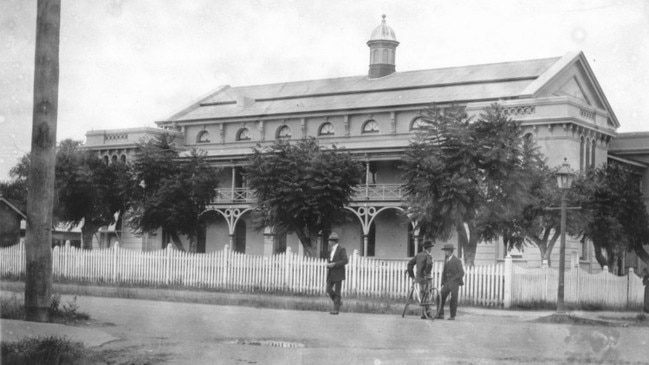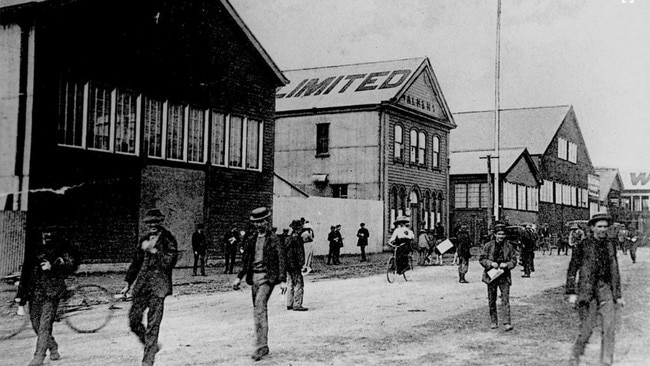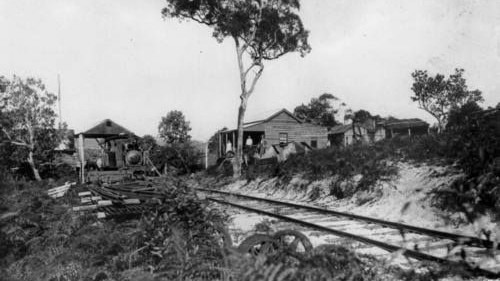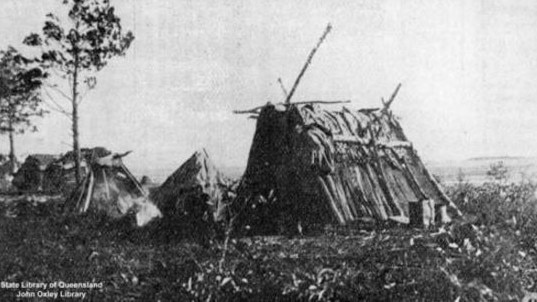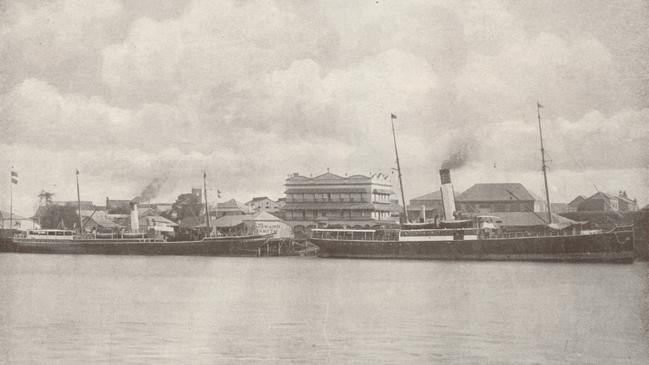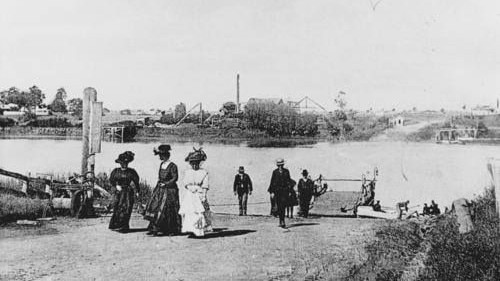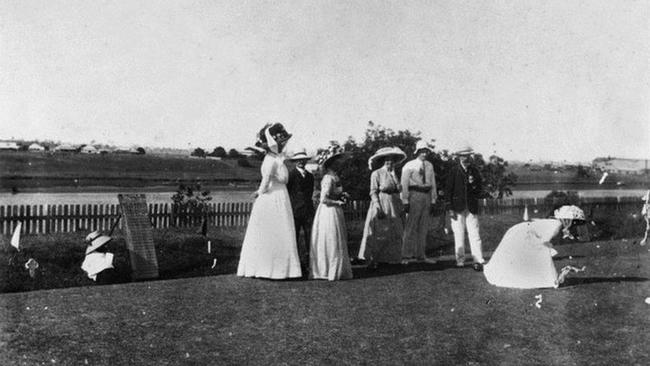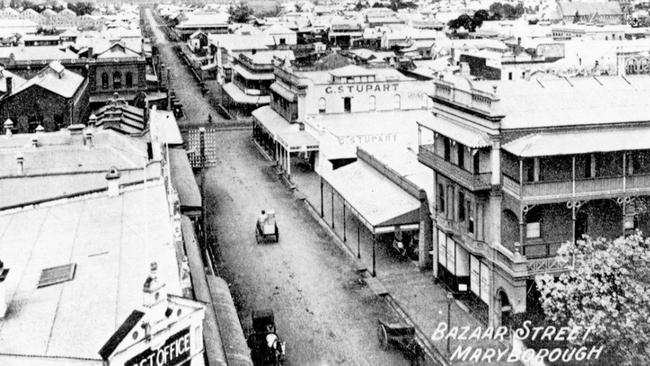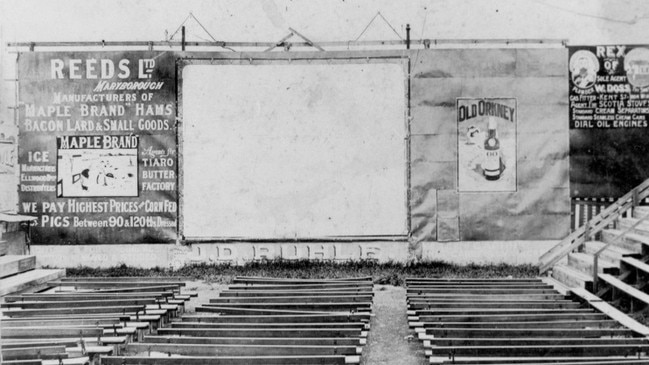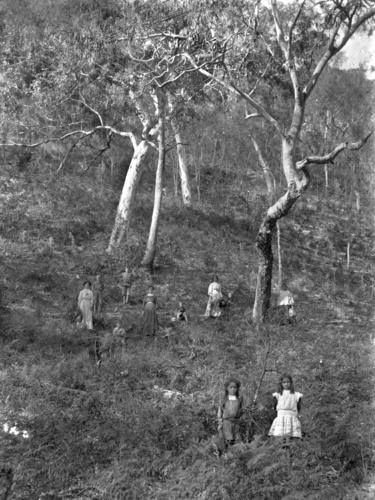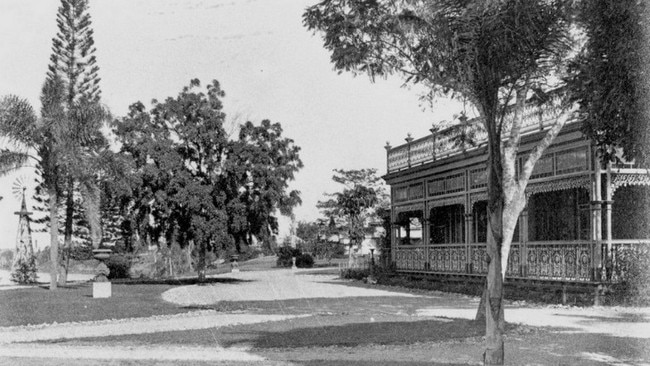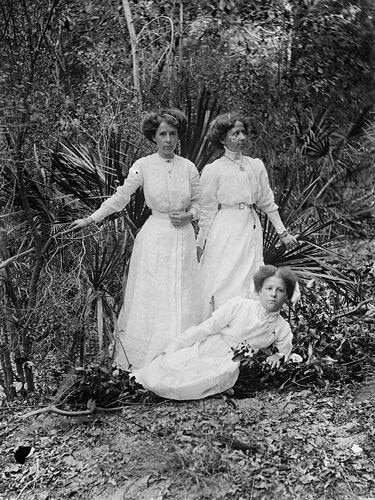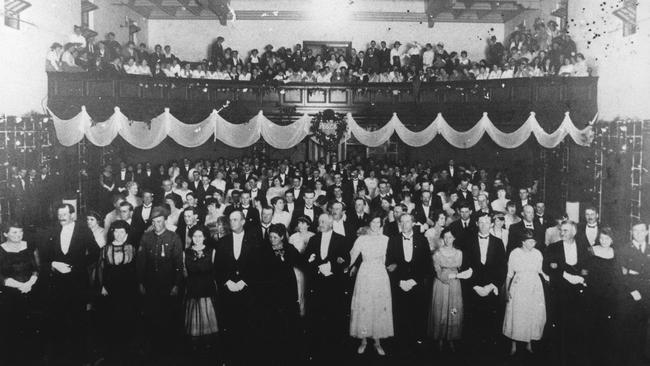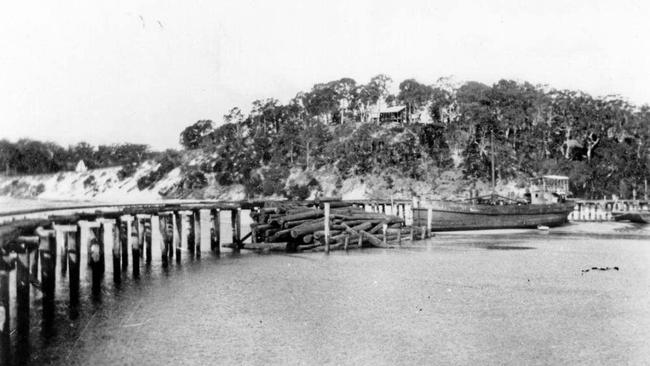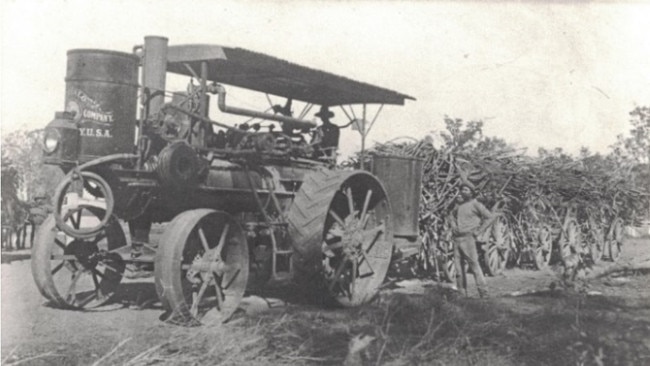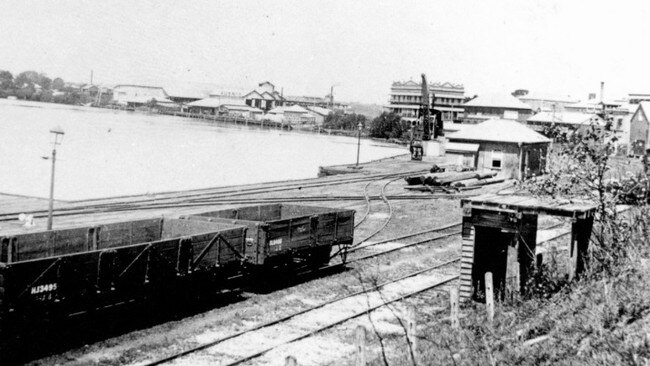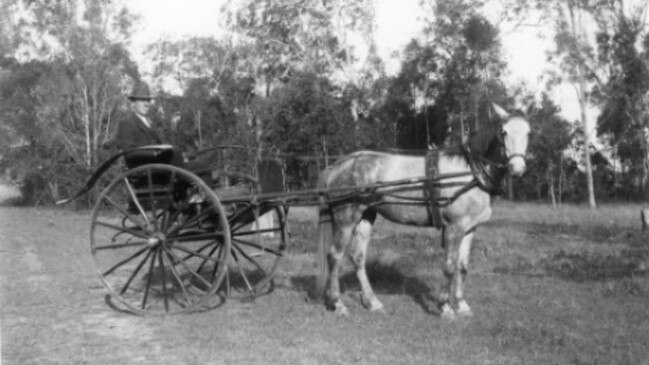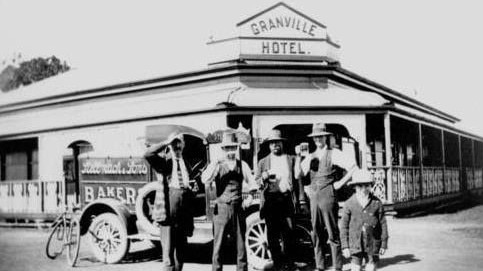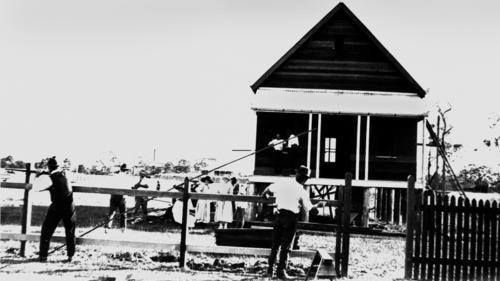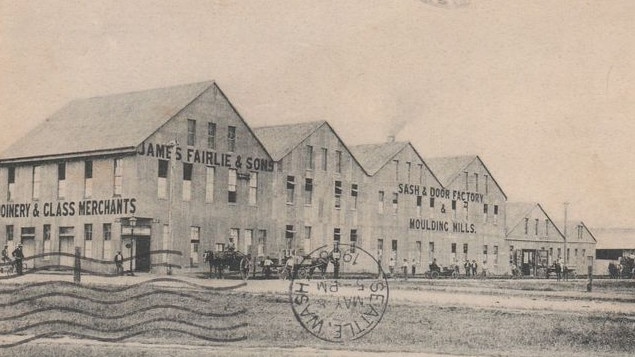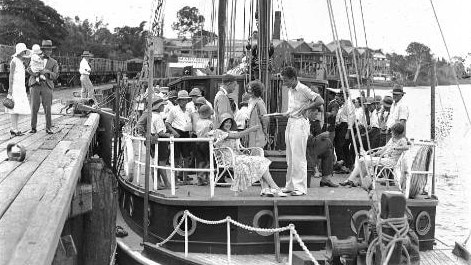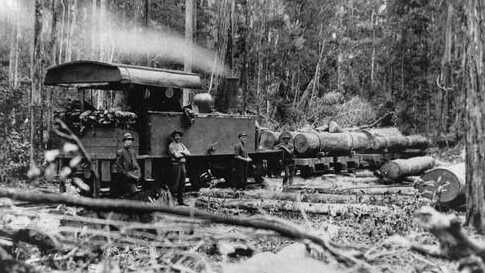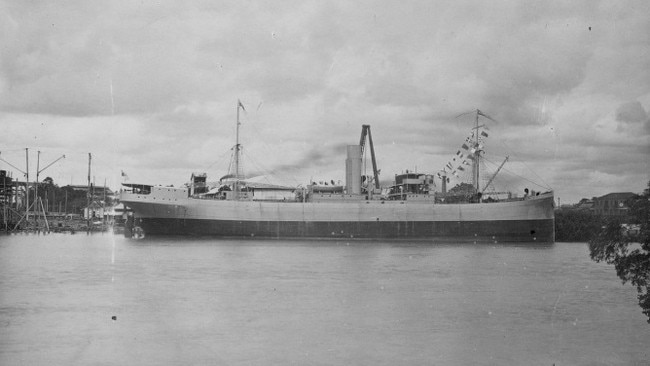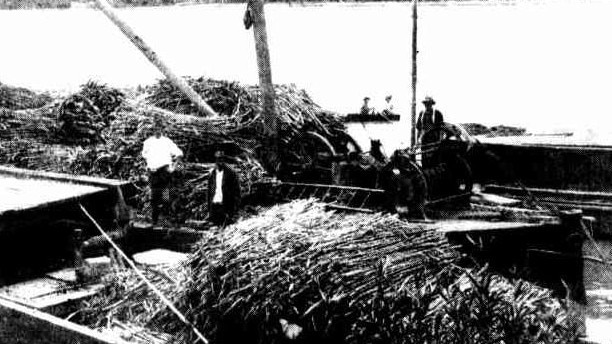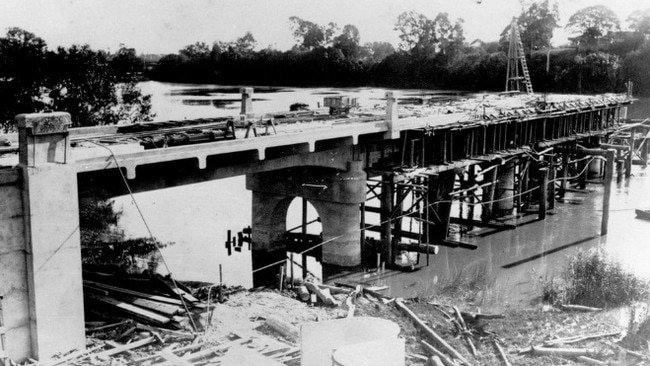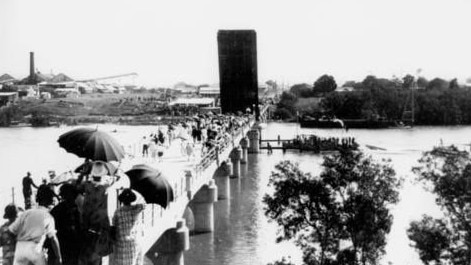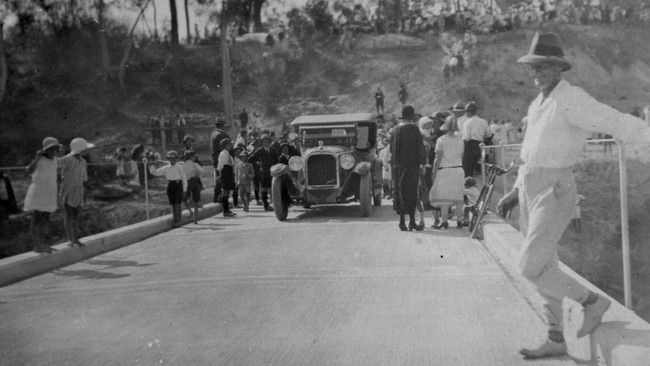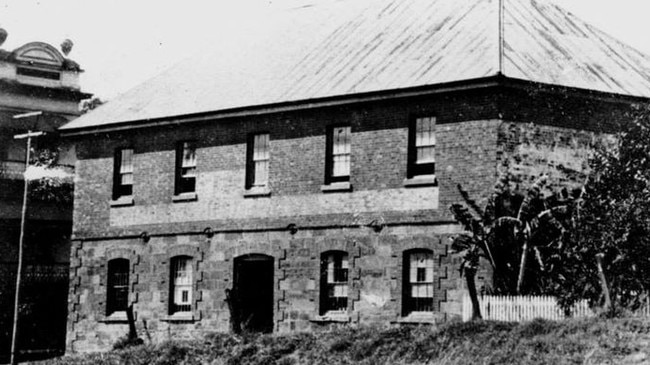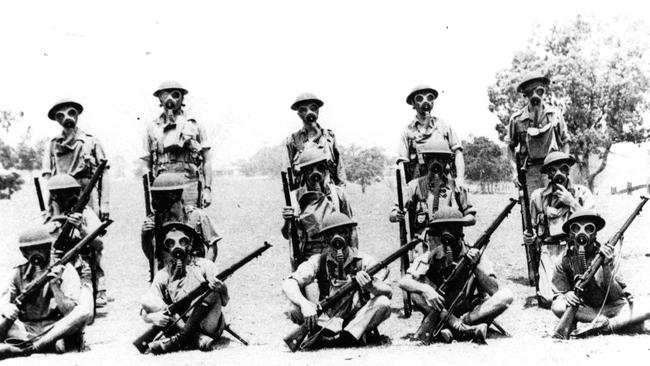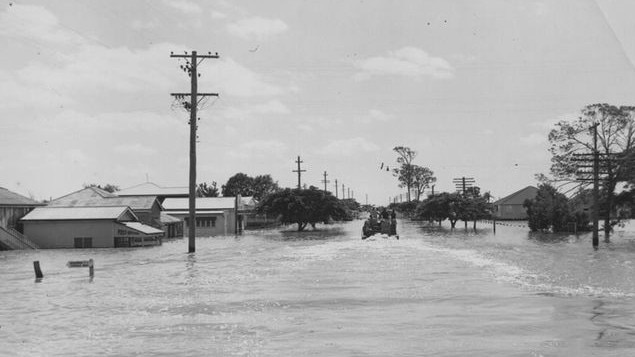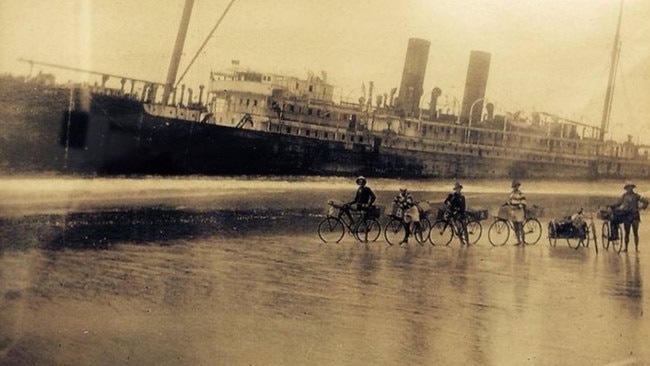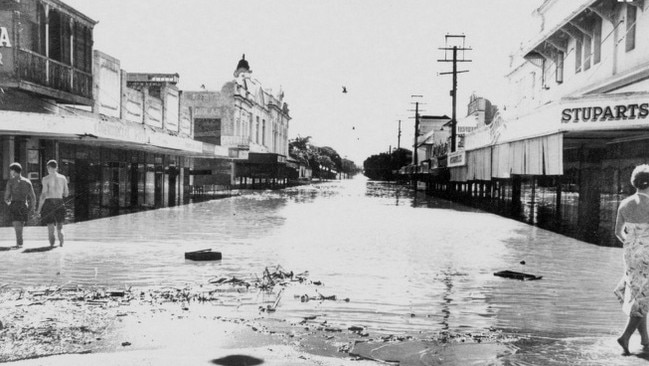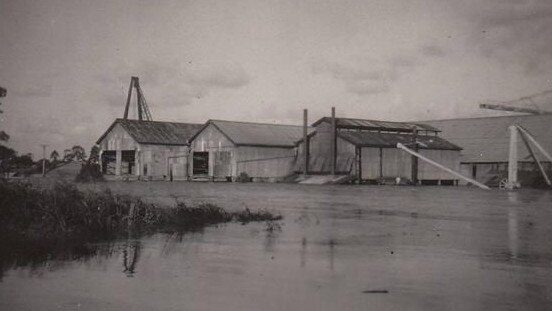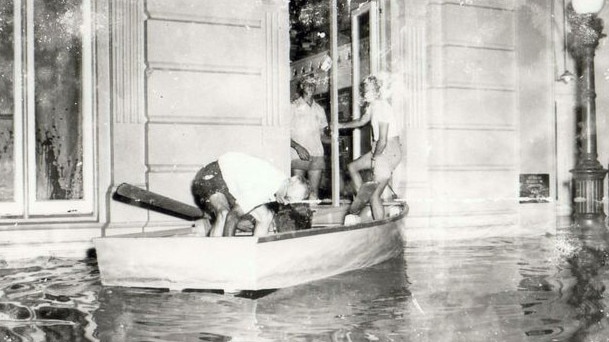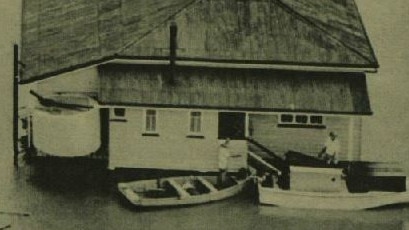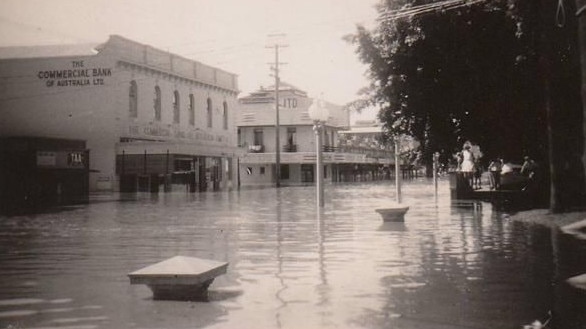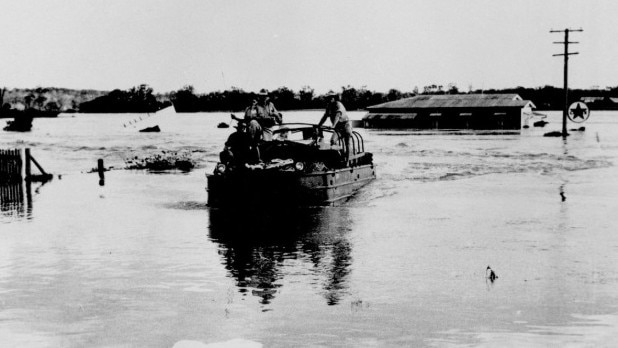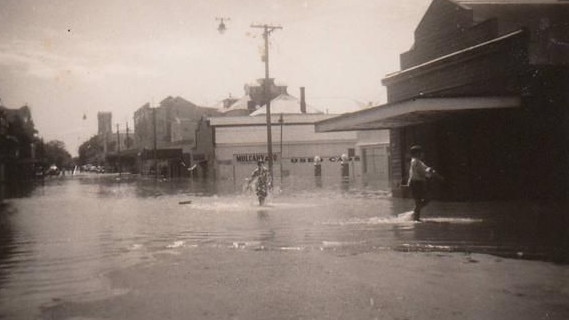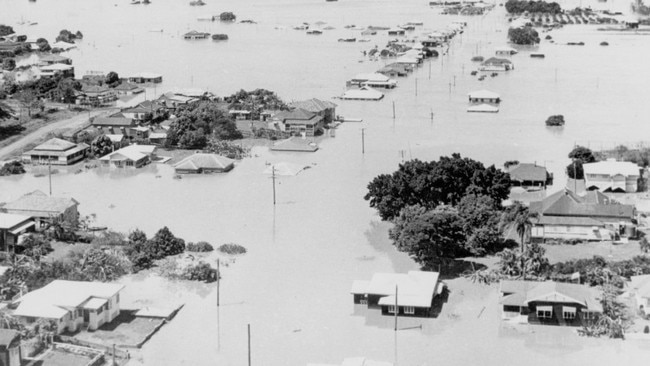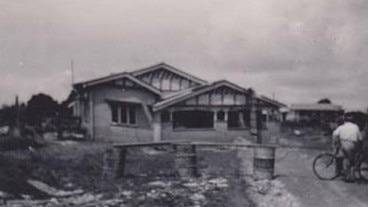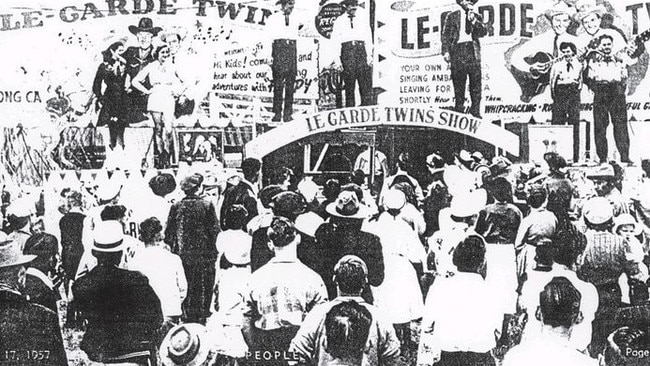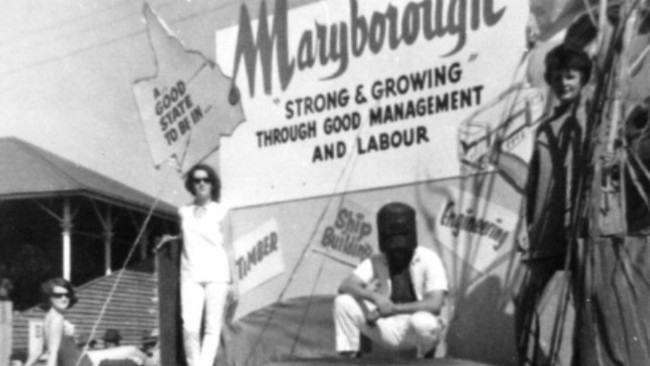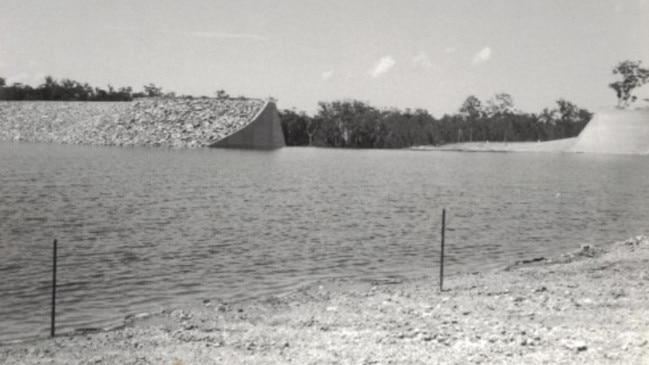History of the Fraser Coast with 75+ historic images
From devastating fires, floods and shipwrecks, to the earliest images of the sugar, timber and maritime industries, businesses and icons, this gallery of compelling photos captures the tragedies and triumphs of a pioneer community. See the photos:
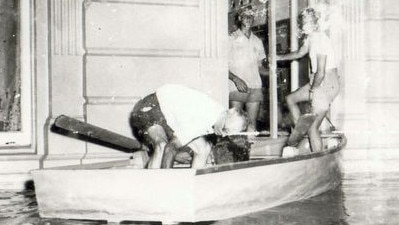
Fraser Coast
Don't miss out on the headlines from Fraser Coast. Followed categories will be added to My News.
The Fraser Coast is known for its natural beauty and fascinating history.
From the pristine sands of K’gari, to the vibrant streets of Hervey Bay and Maryborough, the region’s story is one of resilience, heritage, and evolution.
The Butchulla people, meaning “sea folk”, were the original inhabitants of K’gari, and lived on the island for thousands of years.
The first European sighting of the island was by Captain James Cook in 1770 who called it Indian Head after seeing Indigenous people gathered there.
In 1836, Captain James Fraser’s ship, Sterling Castle, was shipwrecked on the island with his wife, Eliza Fraser among the survivors.
Mrs Fraser was heavily pregnant at the time and went into labour while on a lifeboat, but the baby sadly drowned as the lifeboat sank.
Captain Fraser chose to stay with the Butchulla people but was later killed alongside other crew members who chose to remain.
European settlement began in 1847, but it was marked by conflict.
The Butchulla people resisted colonisation, and in the 1850s, tensions between the Butchulla people and European settlers escalated due to a shepherd being killed and the loss of 2000 sheep.
Maryborough was established as a wool depot in 1847 and became a thriving town with permanent buildings and a post office by 1849.
It grew rapidly into a hub for timber and maritime industries despite ongoing conflict with the local Indigenous population. Maryborough’s development into a port town marked it as a key centre for trade in southeastern Queensland and the town’s economy expanded through timber workers, shipbuilders, and cane farmers.
In 1863, the timber industry began to develop on Fraser Island with sawmills and timber operations, such as those at Dundathu and Cooloola.
Despite the island being designated an Aboriginal Reserve, the timber industry thrived and depleted much of the forest by the mid-20th Century.
Fraser Island was identified as a prime location for a national park in 1893, but the timber industry delayed this for decades.
During the Second World War, K’gari used as a training ground for Z Force commandos, with remnants of their training still preserved at McKenzie’s Jetty.
While tourism was slow to develop due to the island’s isolation, towns like Eurong, Happy Valley, and Rainbow Beach began to grow in the mid-20th Century with ferry services improving access.
By the late 19th and early 20th centuries, the Fraser Coast economy flourished in industries like timber, sugar, and maritime trade. Maryborough’s architecture, such as its City Hall and heritage buildings, stands as a testament to its rich history with the Butchulla people’s heritage remaining an essential part of the region’s identity.
Fraser Island also played a significant role in the conservation movement in Australia with the fight to protect the island from sand mining, which became a landmark case in environmental preservation.
Fraser Island was established as a UNESCO World Heritage site in 1992, ensuring its protection for future generations.
The region’s history is filled with both struggles and celebrations like the 1955 Maryborough floods testing the community’s resilience, while events like the Maryborough Show showcase its vibrant spirit.
More Coverage
